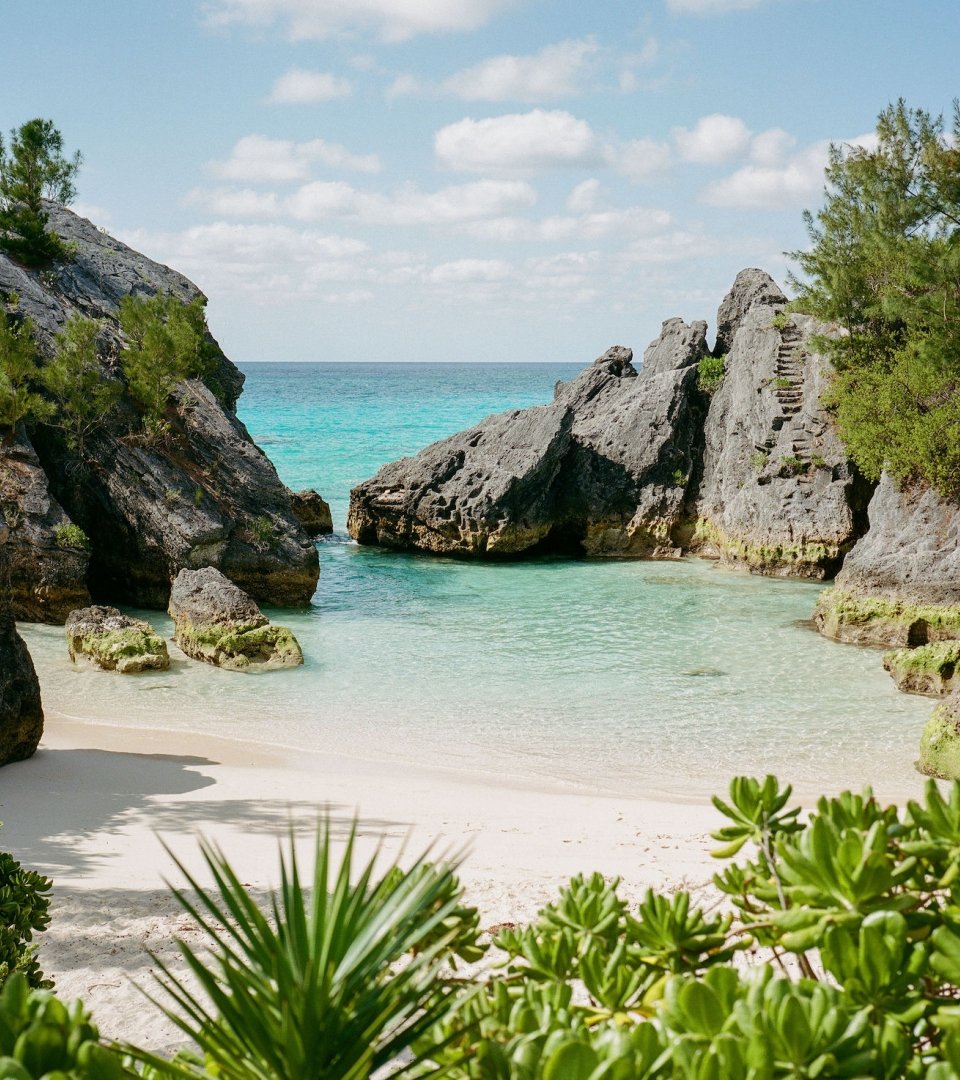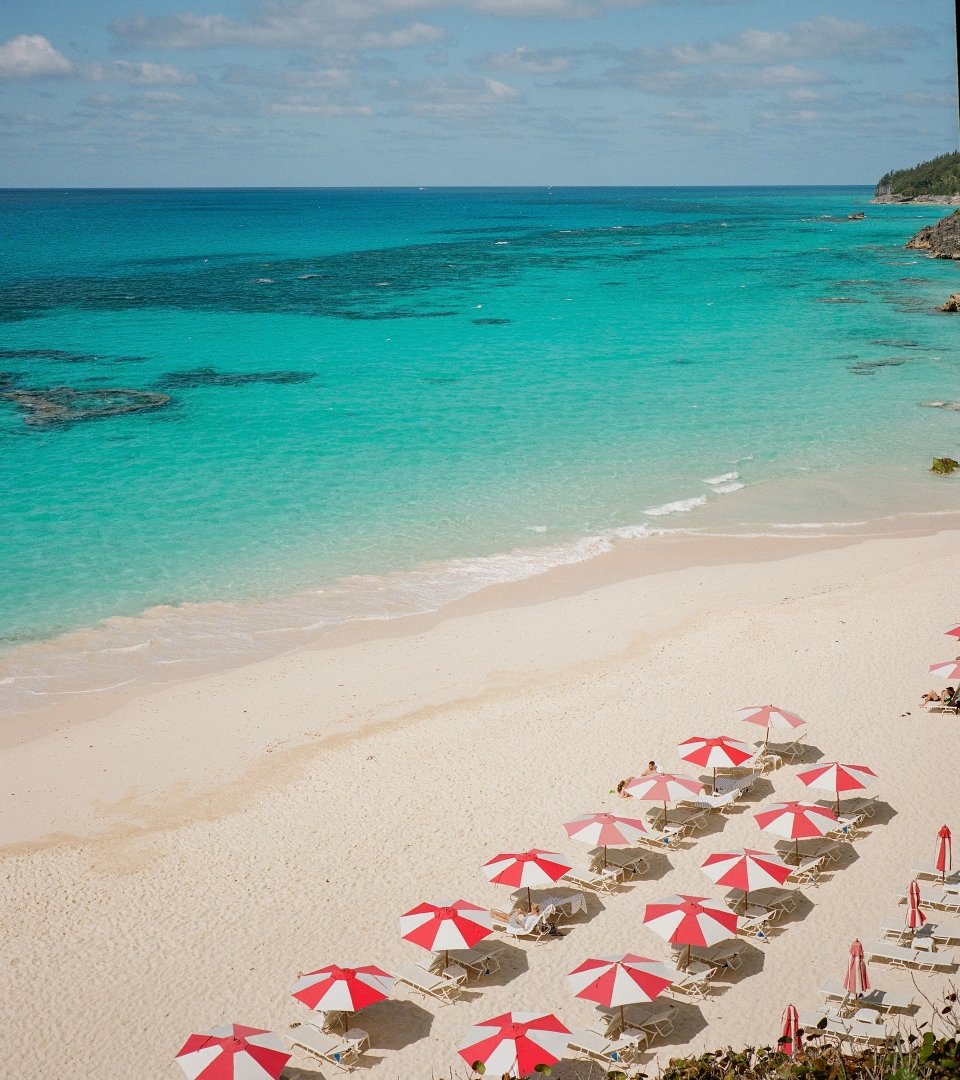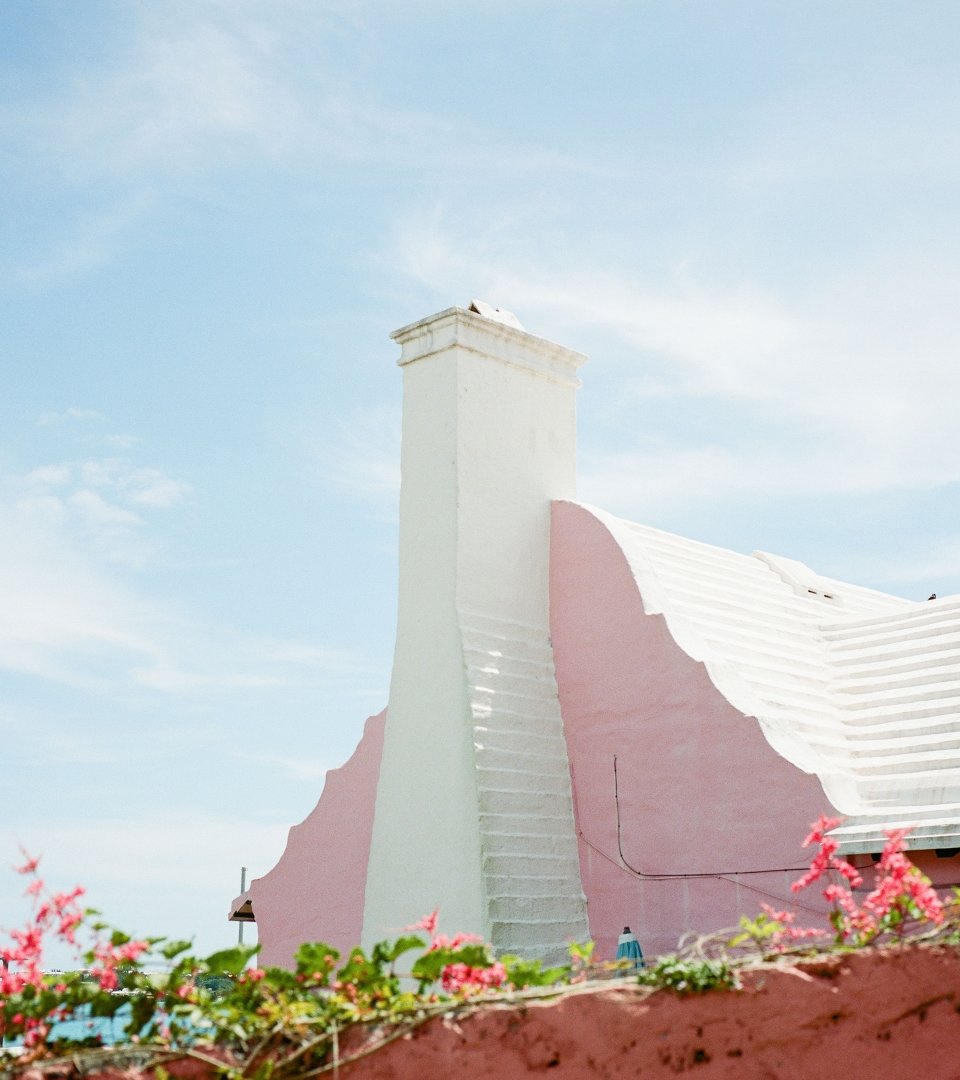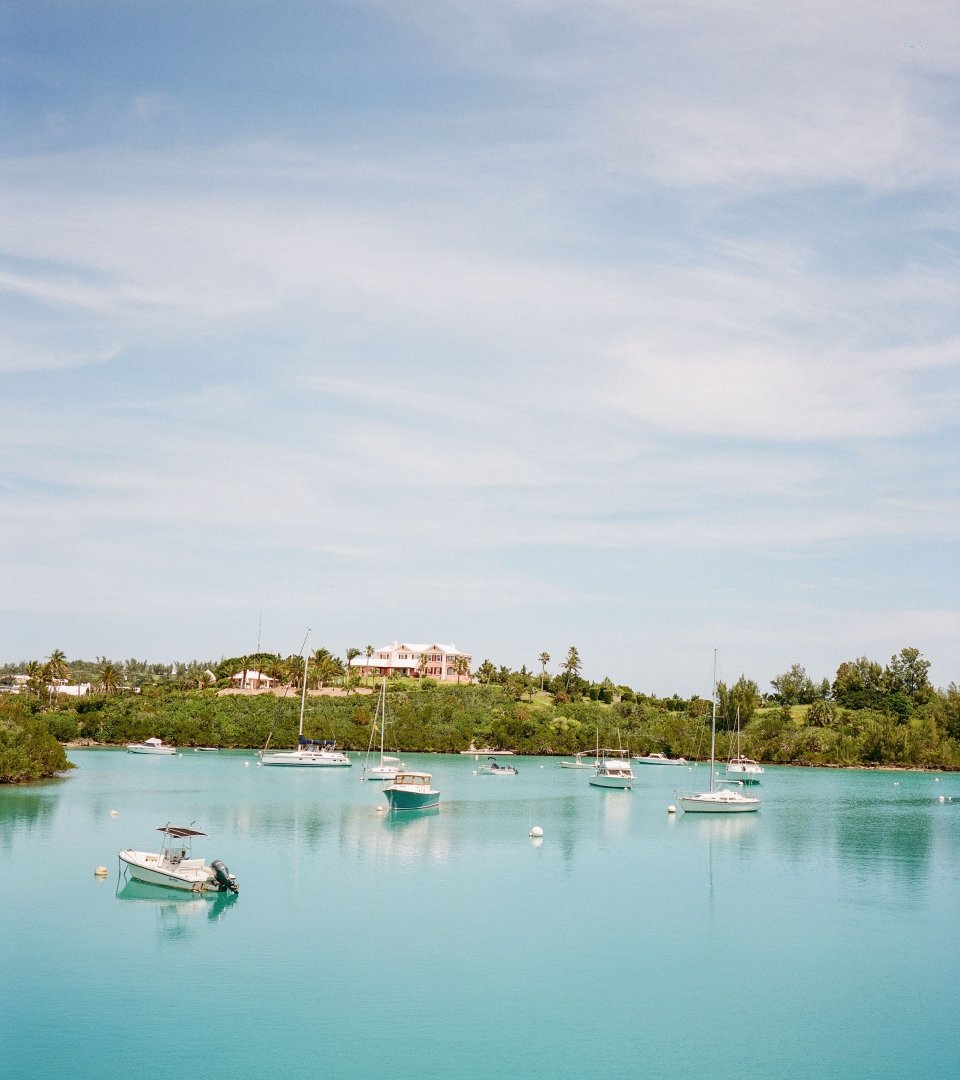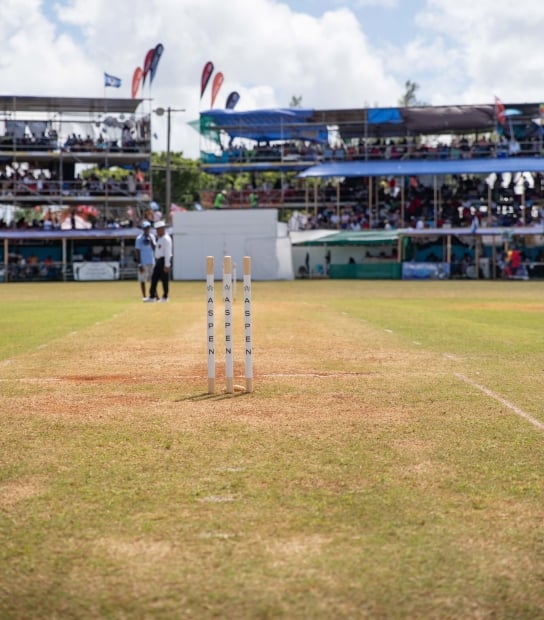How to Make the Most of Your Visit to the National Museum of Bermuda
The National Museum of Bermuda (NMB) is a collective voice for and about Bermuda. NMB shares Bermuda’s diverse, cultural heritage through their collections, exhibits, and educational programmes to connect people to Bermuda’s past and promote history and culture as part of what helps to keep communities together and make them stronger.
- Family Fun,
- Local Hotspots,
- Travel Tips

The Museum is Dockyard’s leading cultural attraction – and its biggest! Dominating the Dockyard skyline, NMB is housed in Bermuda’s largest fort, the Keep. There are eight significant historic buildings, including the award- winning restored Commissioner’s House, many filled with artifacts and exhibits spanning 500 years of Bermuda history and culture. You could spend all day exploring the property but if you only have limited time, here are the top three must-sees:
1. Shipwreck Island: Sunken Clues to Bermuda's Past
Located in Queen’s Exhibition Hall
Travel back to the dawn of the Atlantic World, when European ships crossed the ocean in search of new lands and riches and learn about Bermuda’s fascinating discovery and early settlement through the lens of a collection of 16th- and 17th shipwreck artifacts. See rare indigenous weapons, intact olive jars, gold ingots, navigation, medical and shipbuilding tools and large cannon. This exhibit also explores life aboard ship, the discovery of Bermuda’s earliest wrecks, underwater archaeology and why we can be called Shipwreck Island.
The exhibit is housed in an impressive ordnance house that once stored 4860 kegs of gun powder. Incorporating 19th century bombproof technology, with vaulted brick ceilings and shock-absorbent layer of sand in the roof, it was designed by Royal Engineer Francis Fowkes who later was the architect for the V&A Museum and the Royal Albert Hall in London, UK.

Fun fact: The floor is bitumen to reduce any chance of a spark being raised by a nailed boot. Huge wooden racks that kept the gunpowder kegs dry and off the floor have left imprints in the bitumen floor from the excessive weight. See if you can also spot the circular marks left by the gunpowder barrels.
Why It’s a Must See: Bermuda’s earliest wrecks are featured, with more than 1,500 artifacts of international and local significance on display.
What to Look For: The beautifully carved war club that is one of only a few dozen similarly carved clubs that have survived in the world. It is considered the earliest example of first contact between Europeans and Indigenous Americans from the Orinoco River region in present day French-Guiana.
2. Hall of History
Located in Commissioner's House
Tracing the 500-year human history of Bermuda, local artist Graham Foster has painted a 1,000 square foot mural, the Hall of History, that has captured the imagination of all ages, telling the island’s story with vibrant detail, irreverent humour and poignant observations.
The Hall of History is located in Commissioner’s House, the first prefabricated cast-iron house built in the Western Hemisphere. Built in the 1820s, Commissioner’s House was first used as a home for the civilian head of Dockyard and then served as Royal Marines barracks, married quarters and barracks for naval ratings during WWI, and then as Allied headquarters for North Atlantic submarine radio interception during WWII. Left derelict in the 1950s, the house went through a 20-year award-winning restoration under the guidance of the Museum (then the Bermuda Maritime Museum), reopening to the public in 2000.

Today, Commissioner’s House is home to a number of exhibits displaying the diverse history of Bermuda from the fortifications and military history to the history of slavery in Bermuda and the Island’s connections with the Azores and West Indies. The Museum provides new entry points to explore history and culture through rotating contemporary art exhibits by local artists.
Why It’s a Must See: Foster’s Mural is Bermuda’s equivalent to the Sistine Chapel. Using his distinct style, the stunning mural depicts Bermuda’s multi-faceted past and includes folklore, local characters, traits and traditions.
What to Look for: See if you can spot the building of Commissioner’s House, the Emancipation Day parade, or local animals like the Longtail and spotted eagle ray.
3. Rampart Walk
Walk along the ramparts of Bermuda’s largest fort and explore the seven irregular bastions named ‘A’ to ‘G’ and the gun emplacements, which are equipped with heavy guns spanning three centuries: representative of Bermuda’s military history.
Why It’s a Must See: With spectacular jaw-dropping views, the rampart walk is a must for any photographer - just remember to tag the Museum in your social media posts!

What to Look for: Keep an eye out for our “lamb-scaping crew” of sheep, the Bermuda longtails that nest in the surrounding cliffs, and our resident mouse-catching cat named Bastion. Don’t miss the Museum Playground inspired by local cultural and natural heritage and designed by award-winning Danish design company, Monstrum. The Playground includes a discovery sand pit, a 21ft lighthouse with slide, seaweed-like climbing elements, and a 70ft green moray eel.
Want to explore even more of what NMB has to offer? Visit www.nmb.bm to download family activity guides, read our curatorial blog posts, watch Bermuda and the Atlantic World lectures, find tools to research and share your family history and participate in community projects like Bermuda Family Scrapbook.
NMB is open daily 9:30am – 5pm in Summer and 10:00am - 5:00pm in Winter (last admission at 4pm). Adults $18, Seniors $15 and Children under 16 are FREE.
